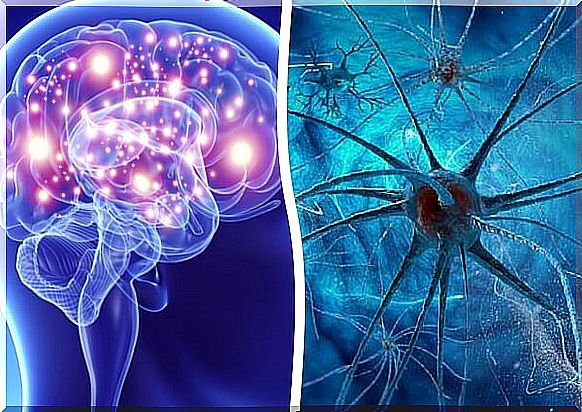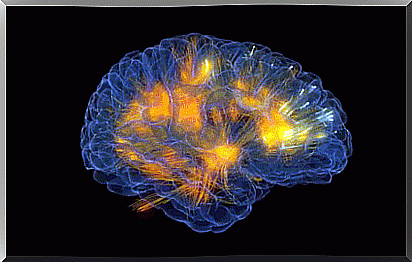97 Areas Of The Brain That Were Not Known Until Now Are Discovered
The brain continues to be, to this day, that great unknown from which to discover things little by little to amaze us even more, to delve into the most powerful organ of the human being.
Now, it is very possible that the statement in this article has caught your attention… How is it possible that 97 new areas have been discovered in the brain? What’s more, how many areas are there in total?
The answer is simple. We have to understand that the brain is not made up of small pieces of a puzzle separated from each other. In reality, it is a complex neural tissue where what matters is the way in which some areas connect with others.
That is where the magic is and what this interesting study recently published in the journal Nature tells us about .
Our brain is a fascinating map
Knowing the map of the brain is a power tool full of possibilities. Take, for example, all the people who suffer brain damage from an accident or an aneurysm.
Knowing what problems that person is going to have depending on the area that has been affected opens up new possibilities for rehabilitation. Having the certainty, for example, that by stimulating other areas we can recover certain previously lost capacities is, without a doubt, a great reason for hope.
Let’s see more information about the discovery.
The Human Connectome Project

The study was carried out at the University of Washington School of Medicine, in the United States, within what is known as The Human Connectome Project (HCP), which aims to gain a deeper understanding of the human brain map .
Through different diagnostic tests (such as MRIs) in a group of 210 people, aged between 20 and 40 years, new and interesting data about brain architecture could be obtained.
- Current diagnostic tests exceed in definition and precision those we had 15 years ago. Hence, many of the data that were had so far are invalidated by current information.
- A total of 180 zones were defined, but of these, 97 were completely new, small structures whose functionality was not yet known.
- What was discovered is the way in which some connect with others, a fascinating internal “wiring” that allows us to know, for example, what makes us react to certain stimuli, how we process information, or how we make decisions based on certain perceived dangers.
Our brain circuits, a perfect structure
Neurologists reveal to us that our brain circuits are like a perfect tissue where order dominates, where most connections work in parallel.
- The outer layer of the brain, the cortex, is the most specialized, the one that reflects our evolution as a human being. This is where the most refined decision and reasoning processes are concentrated.
- The deepest, most primitive structures are related to emotions and instincts. It is a perfect architecture where these 97 newly discovered areas are linked to our movements, our sight, language and sensory processing.
Curiosities about these new areas

Neurologists as the professor Matthew F. GlasserR tells us that it is still too early to reach definitive conclusions but, for now, what has been seen through various tests regarding these new brain areas is the following:
- There is an area, called 55b, that only lights up when people listen to a story, a story or a personal experience that a friend or acquaintance tells us. Something like this shows us the power that communication has in the transmission of stories.
- Another area has to do with vision and movement. Before we are going to generate a movement, our brain has made a mental map to assess whether that step we are going to take is the appropriate one in view of the physical environment in which we are.
- We also have that area with which, if the message we receive is musical, our emotions will ignite and memories will be consolidated much better.
- We have another area with which to interpret what position or movements are executed by the people around us to identify possible threats.
- There are areas that allow us to process several stimuli at the same time, and not in isolation, to decide what type of movement we should do according to the requirements of the environment.
In conclusion, for many scientists this type of data is not new because, somehow, this type of process was already known. What was unknown was the way in which some areas interact with each other.









